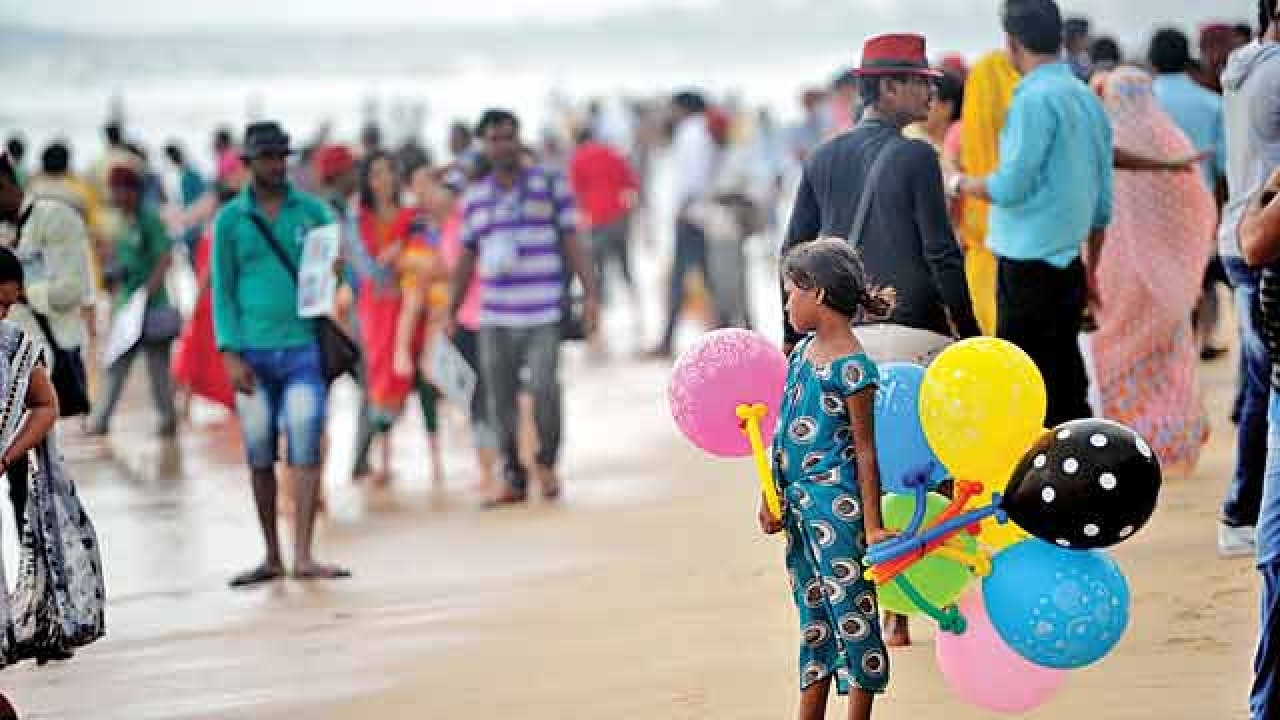
The passage of the Child Labour (Prohibition and Regulation) Amendment Bill 2015 in the Rajya Sabha last week saw an engaging debate involving both opposition and government members. Which makes it all the more sad that what we have at the end of it — namely, the provision that allows children under 14 years of age to work for family and in family enterprises — is so flawed, susceptible to distortion, hard to monitor and even harder to bring to book.
Child labour is the ringing shame of modern India. According to the Census 2011, upwards of 45 lakh children are engaged in some form of remunerative work. And while we make take heart from this being 65.6 per cent less than the child-labour numbers in the last census of 2001, NGOs working in this area reveal other statistics that raise serious concerns. For instance, a CRY report released last year, which analysed the census data, found that, at the current 2.2 per cent a year reduction in child-labour rates, it would take us a hundred years to completely eliminate it. More disturbingly, in the urban areas, child labour has actually gone up by 53 per cent — in the 5-9 age group, the number of working boys in cities had gone up by 154 per cent and that of working girls by 240 per cent.
The point is — it’s there, it’s happening all around us and it’s not going to go away in a hurry. Least of all with a law like the present one.
Labour Minister Bandaru Dattatreya justified his exemption of children working in family and family-run businesses from the penalties and punishments under the new, amended law, with a personal story about his own poverty-stricken childhood, when he was forced to help his widowed mother. The realities of India were complex, he said, and required law-makers to provide for allowances that were sensitive to these.
The minister is right of course — poverty is a reality of India, as much as child labour is. And as his own life story showed there is an intimate connection between the two — poverty leads to child labour, and — if you agree with Kailash Satyarthi, who has by now realized how little his Nobel prize will help to improve matters in India — child labour leads to poverty. It’s a cycle, one reinforcing the other. For there’s little chance — Dattatreya’s example notwithstanding — that the child who goes to work, instead of school, will ever be able to acquire the skills to transcend the conditions he was born into.
Again, drawing from the minister’s own story, it is often the parents themselves who send their children to work. There are just too many mouths to feed and requires as many little hands on deck as there are. The minister will, in this connection, not be unaware of the old, feudal labour economy logic that is given for the fact that small farmers in rural areas tend to have large families — each child they produce is one less labour to pay for. Does that paternalistic logic hold in today’s India, and is it what we want for our children?
Children under 14 need to be in school, for it’s at this age that they acquire the basic reading and number skills that they need to negotiate the world as adults. Sadly, it’s here that our schools, especially in the rural areas and in urban slums, fail us the most. Perhaps a child-labour policy needs to be aligned with improved schools and better learning outcomes to really make a difference.